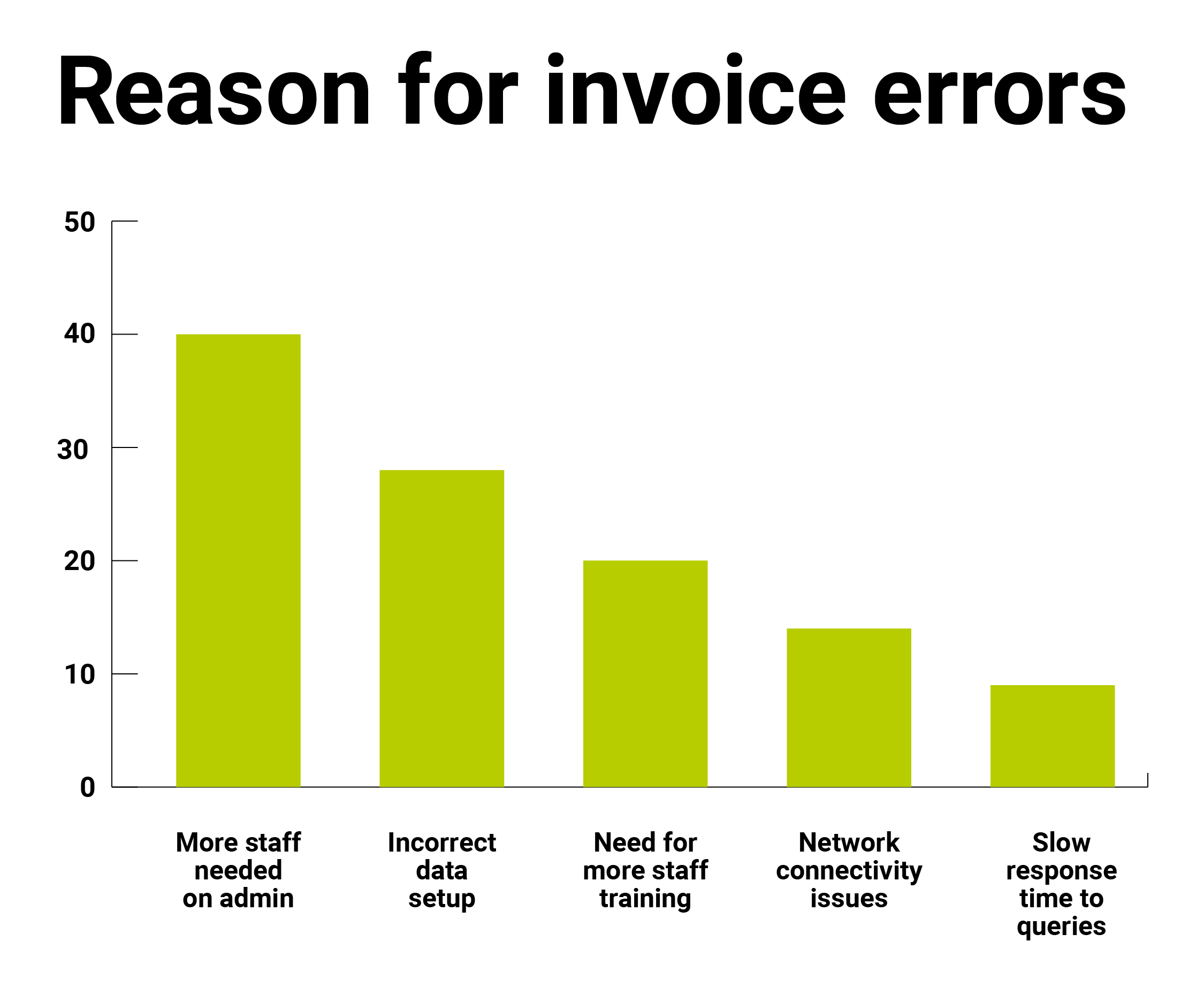In this blog, we delve into the world of Pareto analysis, shedding light on its significance and practical applications for businesses. We also showcase how the analysis can help businesses to grow and become more productive.

What is Pareto?
Back in the 1890s, Italian economist Vilfredo Pareto made a ground-breaking observation: only a small fraction of the population, around 20%, owned 80% of the wealth in Italy. This insight led to the formulation of the 80/20 rule or the Pareto principle, which asserts that roughly 80% of effects come from 20% of causes.
It's essential to note that while the 80/20 rule is a commonly cited ratio in Pareto analysis, these numbers aren't fixed. The principle is more about understanding that a disproportionate number of results often come from a small portion of inputs. In reality, it could be a 70/30 split or even a 90/10 distribution.
The key takeaway is the recognition that a significant portion of outcomes stem from a minority of causes, regardless of the exact ratio. This flexibility allows anyone to tailor Pareto analysis to their specific circumstances and adjust their strategies accordingly. Whether it's 80/20, 70/30, or another ratio, the underlying principle remains consistent: focusing on the ‘vital few’ yields the most significant impact on measurable outcomes.
Using Pareto in business
From a business perspective, this principle holds true across various aspects, such as supplier expenditure, customer revenue, and company defects or errors. Despite having a multitude of suppliers or customers, a handful of them typically account for most expenses, income, or problems.
Practically speaking, imagine a scenario where a business is grappling with a myriad of issues - errors, defects, inefficiencies. Pareto analysis helps identify the vital few issues that are causing the most trouble. By categorising and prioritising these issues, businesses can focus their resources and efforts where they will have the greatest impact.
An outsourcing company serving law firms and accountants, for example, faced a barrage of errors and defects from clients. Pareto analysis revealed that just a handful of clients were responsible for most of these issues. They could also see what was causing the issues most regularly, such as unclear communication and incorrect data set up. Armed with this insight, they revamped their service agreements and reduced error rates, resulting in significant cost savings and business growth.
The Beauty of Pareto
The analysis lies in its simplicity and applicability across industries. Whether in tech, construction, or any other sector, the principle remains relevant. By focusing on the vital few problems that impede progress, businesses can drive meaningful change and pave the way for long-term success.
But Pareto doesn’t just focus on solving problems.
Take, for example, a dog-walking business here in Jersey. They were juggling a lot of clients and activities, but through Pareto analysis, they realised that a small number of clients were bringing in the lion's share of their income. By reorganising their priorities and optimising their resources, they were able to boost efficiency and profitability.
Starting a Pareto analysis
So, how does one embark on Pareto analysis? It begins with gathering data and visualising it effectively. Pareto charts serve as invaluable tools, enabling businesses to identify their most pressing challenges and allocate resources accordingly.
For example, if a business is grappling with late invoice payments, Pareto analysis can pinpoint the root causes of these delays and facilitate targeted solutions. By streamlining processes and minimising errors, businesses can ensure smoother cash flow and foster stronger client relationships.

Start by recognising each reason why a problem may be happening. Then, note down how many times each reason has caused a roadblock in a job. Once you have both pieces of information, you can collate this into a bar chart, like the one above. You can then see the main reasons for errors, defects, or customer complaints and tackle to most prominent issue first.
Pareto analysis offers a strategic framework for businesses seeking to thrive in an ever-evolving landscape. By concentrating on the vital few issues that matter most, businesses can increase their productivity and effect positive long-term change.
